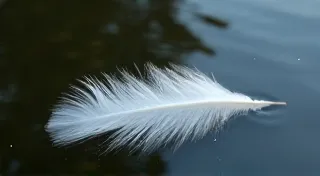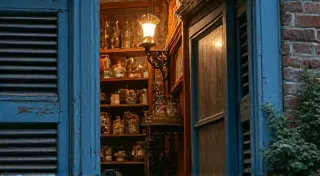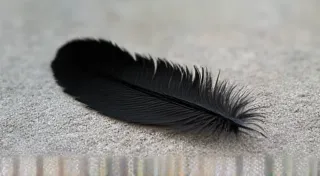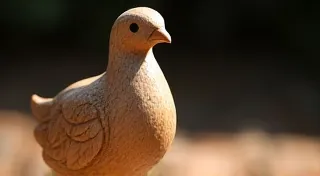A Taxonomy of Longing: Identifying the Emotional Resonance of Antique Animal Eyes
There’s a profound melancholy that permeates a room filled with antique taxidermy. It’s not simply the stillness, the absence of movement, or the faint scent of aging materials. It’s something deeper, something held within the glassy gaze of a fox, a deer, or a majestic elk. For those of us drawn to these relics of a bygone era, it’s a longing – a longing for a time when the natural world felt closer, more tangible, and perhaps, somehow, more vibrant. Much of that feeling is inextricably linked to the seemingly minor detail of the glass eyes.
We often focus on the quality of the fur, the precision of the pose, or the overall condition of an antique animal mount. And rightly so – these are crucial factors in assessing value and appreciating the artistry. But consider this: a perfectly sculpted badger with pristine fur can feel flat, lifeless, even unsettling, if the eyes lack that indefinable spark of emotion. Conversely, a mount with slightly faded fur, perhaps a bit of damage, can still command attention, even evoke a feeling of poignant beauty, simply due to the depth of feeling conveyed by the eyes.
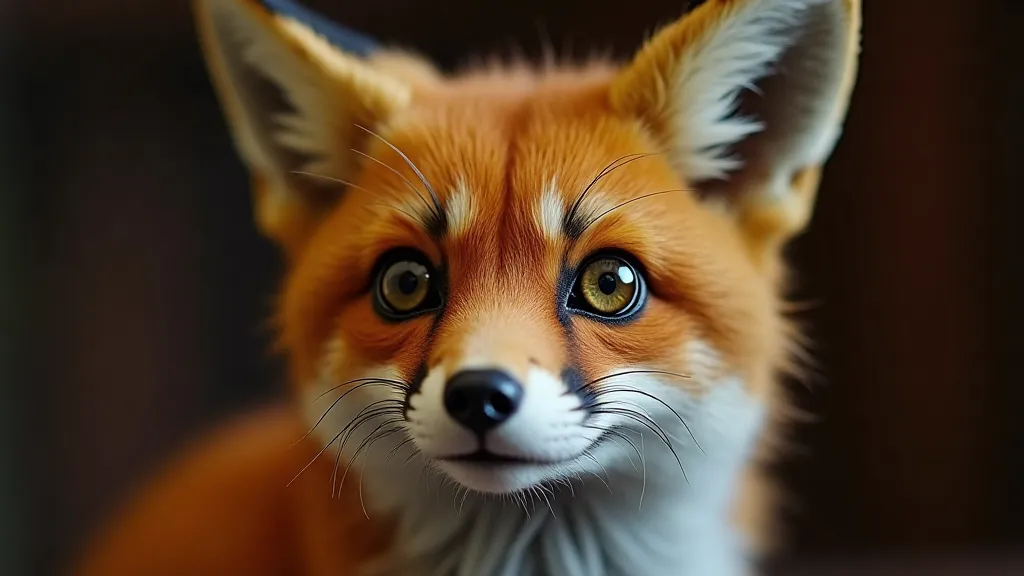
The History of the Glass Eye: More Than Just a Detail
The use of glass eyes in taxidermy didn't appear overnight. Early attempts at preserving animals often relied on painted eyes or even attempts to preserve actual eyes, with predictably poor results. The advent of manufactured glass eyes, particularly during the 19th century, marked a significant turning point. Initially, these eyes were quite rudimentary, often uniform in size and color, and simply glued into place. But as taxidermy evolved from a somewhat morbid necessity (primarily used by museums and naturalists for scientific study) into a burgeoning art form, so too did the craft of eye placement.
Victorian taxidermists, in particular, recognized the profound impact of eye placement on the perceived realism and emotion of the mount. They understood that the angle, direction, and even the subtle reflection of light within the glass could drastically alter the perceived personality of the animal. Think of a deer caught in a moment of startled awareness, its eyes wide and focused – the taxidermist’s skill in capturing that specific expression is paramount. The eyes weren’t just about making the animal *look* like it was alive; they were about conveying a narrative, a fleeting moment frozen in time. The fascination with this intersection of art and science fueled a complex relationship between the natural world and human desire, a theme explored in greater detail in articles like “Dust and Dichotomies: Examining the Blurring Lines Between Art and Science in Taxidermy”.
The Art of Placement: Direction and Emotion
Consider the direction of the eyes. A mount looking directly forward might convey confidence or alertness. A mount looking slightly to the side can suggest curiosity or even a hint of fear. A mount looking down can evoke a sense of sadness or contemplation. The most accomplished taxidermists understood these subtle nuances and used them to create truly compelling representations of the animals they worked with. They were, in essence, storytellers using the language of eyes.
My grandfather, a retired biology teacher with a lifelong fascination for natural history, once told me about a particular owl mount he’s seen in a local museum. "It wasn't the most perfectly preserved specimen," he said, "but the eyes… they seemed to hold the wisdom of ages. It felt as if you were looking into the soul of a creature that had witnessed countless seasons.” That, to me, encapsulates the power of truly masterful eye placement.
Identifying Age and Skill Through Eye Examination
For the collector of antique taxidermy, the eyes can provide valuable clues about the age and skill of the taxidermist. Early glass eyes, particularly those from the mid-19th century, were often quite simple, sometimes lacking the detail and realism of later examples. They might be perfectly round, lacking the slight asymmetry found in natural eyes. The quality of the glass itself can also be a clue – older glass often has a slightly cloudy or imperfect appearance. These imperfections are often a direct result of the manufacturing processes of the time, which can offer a window into the broader cultural values of that period. Many collectors are fascinated by how these pieces reflect the “The Gilded Cage: Unmasking Victorian Sentimentality in Antique Animal Mounts”, revealing a desire to preserve and romanticize a connection to the natural world.
More recent taxidermy, particularly from the 20th century onwards, often uses more realistic glass eyes, sometimes with painted irises and pupils to mimic the nuances of a living animal's gaze. These eyes are often more uniformly colored and lack the subtle imperfections found in older examples. However, skilled modern taxidermists can intentionally replicate the appearance of antique eyes to create a vintage aesthetic. The subtle details used to capture the essence of these creatures' lives are fascinating, and further explored in articles such as “The Collector’s Mirror: How Antique Taxidermy Reflects Societal Obsessions.”
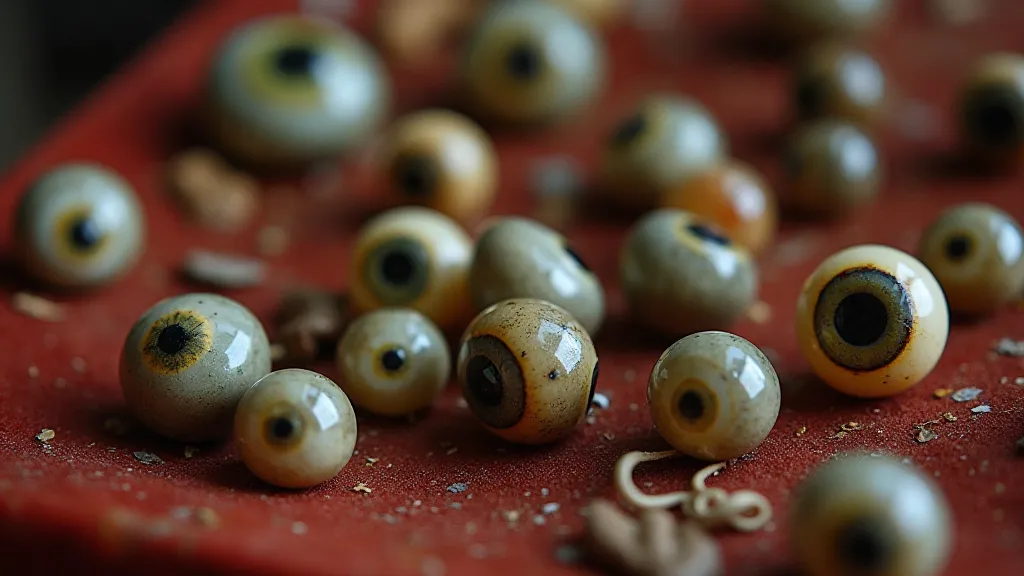
Restoration and Replacement: A Delicate Balance
When restoring an antique taxidermy specimen, the eyes are often the most delicate and challenging part of the process. Damaged or missing eyes can significantly detract from the overall value and appearance of the mount. Replacing them requires not only technical skill but also a deep understanding of the original taxidermist’s intent. Simply gluing in a generic replacement eye can ruin the integrity of the piece.
Ideally, a replacement eye should match the age, style, and color of the original. Sourcing authentic antique glass eyes can be difficult, but it's often the best way to ensure a historically accurate restoration. Modern replacement eyes can be used, but they should be carefully chosen to blend seamlessly with the overall aesthetic of the mount. The artistry involved in selecting and placing these eyes goes beyond mere technical skill; it’s an act of interpretation and a reimagining of the original artist’s vision. The creative inspiration behind these intricate creations is a subject further explored in “The Taxidermist’s Muse: The Role of Artistic Inspiration in Antique Mount Creation”.
More Than Just Decoration: A Connection to the Past
Collecting antique taxidermy isn't just about acquiring beautiful objects; it’s about connecting with a bygone era, a time when humans felt more intimately linked to the natural world. The fascination with these mounts often reflects deeper societal obsessions and a desire to understand the past. The eyes of these mounts serve as poignant reminders of that connection, conveying a sense of longing, wonder, and a deep respect for the creatures that once roamed the earth. They are windows into the past, each reflecting a story waiting to be rediscovered. And in that gaze, we see a reflection of ourselves – our fascination with the wild, and our enduring desire to understand the beauty and mystery of life. Often, the pieces reveal how collectors and enthusiasts use these relics to curate narratives about their own identities and place in the world. The ways in which these objects are perceived and valued are deeply influenced by shifting cultural trends and personal interpretations, showcasing how “The Collector's Mirror: How Antique Taxidermy Reflects Societal Obsessions” reflects broader societal values and anxieties.
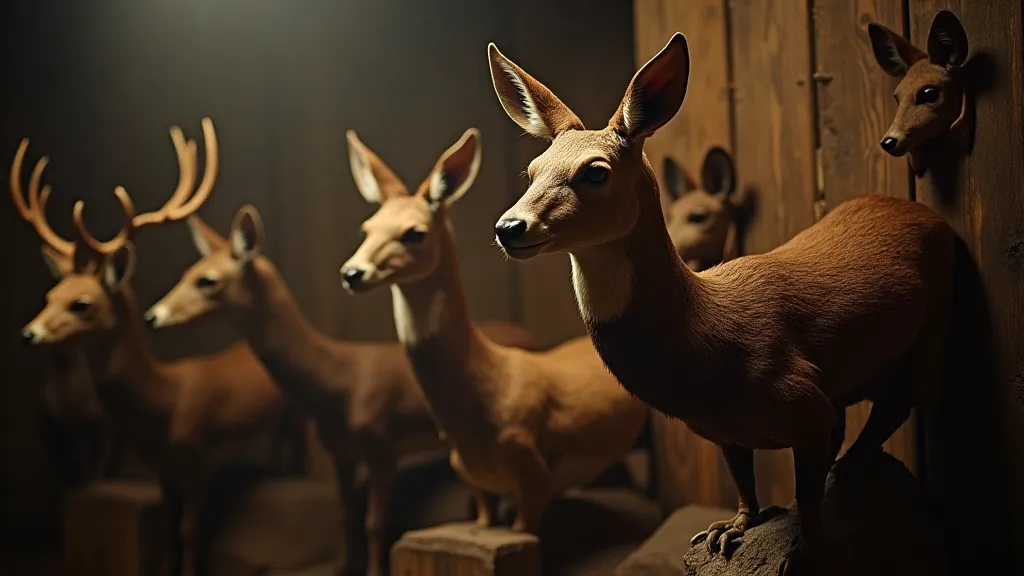
The restoration and care of these antique pieces often requires a delicate balance of scientific knowledge, artistic skill, and historical understanding. Preserving these windows into the past allows future generations to connect with a time when the natural world felt more tangible and accessible. As we continue to grapple with issues of conservation and environmental awareness, the stories held within these antique mounts serve as a powerful reminder of the importance of preserving our planet's biodiversity and appreciating the beauty of the natural world.
The increasing popularity of antique taxidermy reflects a growing desire for authenticity and a longing for connection with the past. As we navigate an increasingly digital and disconnected world, these tangible relics offer a welcome respite and a tangible link to a time when humans felt more intimately connected to the natural world.

